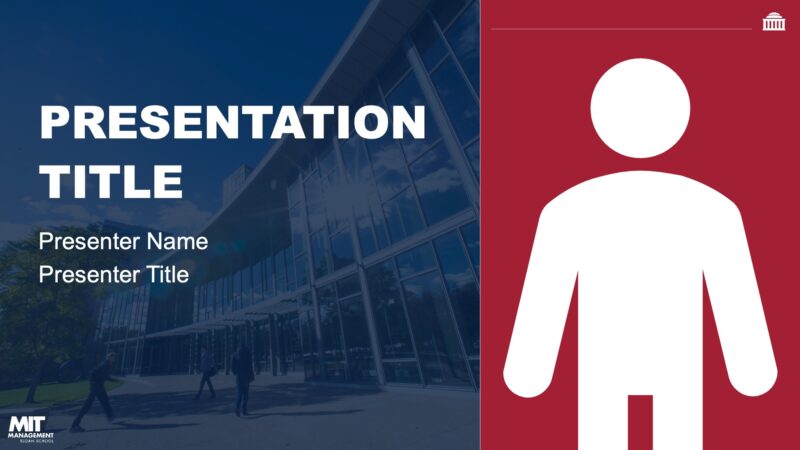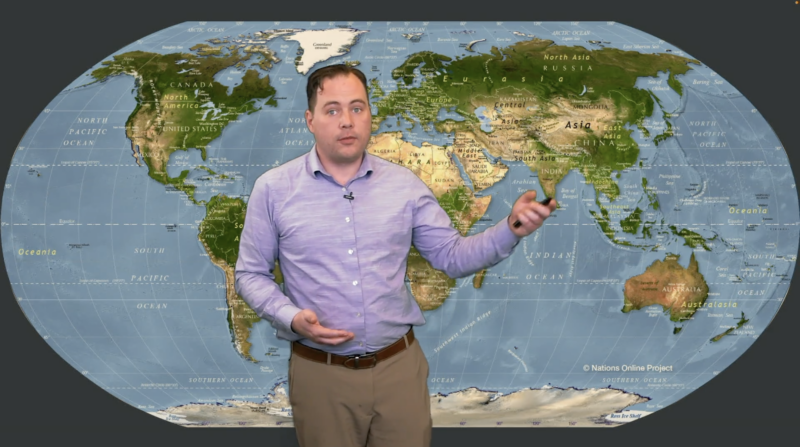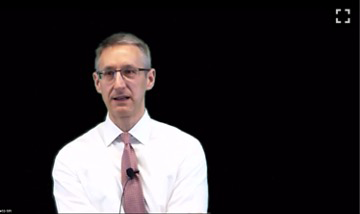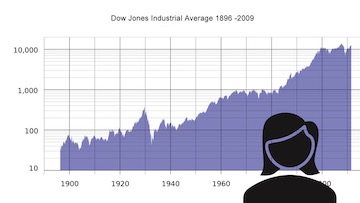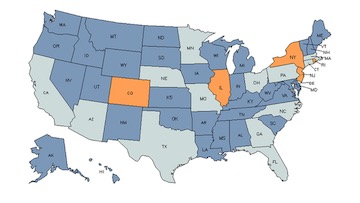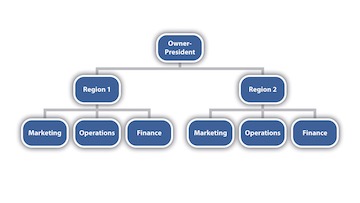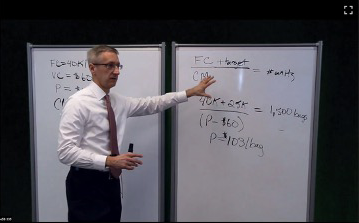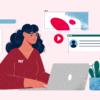Explore the Studio
We designed the MIT Sloan Teaching Studio with you and your teaching in mind. The technology is streamlined so you can focus on your students and the teaching experience. The studio is equipped with
- cameras to capture your studio session;
- a podium for your laptop;
- a whiteboard that you can use just like the whiteboard in a classroom;
- foot pedals, floor pads, and buttons that you can use to control the studio;
- a confidence monitor where you can see exactly what’s being captured on camera;
- a teleprompter where you can see your script while you’re recording a video;
- and a “Gallery View” monitor for viewing your students on Zoom during live broadcasting.
Teaching Studio Demonstration
The Teaching Studio just keeps getting better! Watch this video to see the studio in action.
Studio Scenes
As a presenter in the MIT Sloan Teaching Studio, you can use any of the “scenes” (or camera views) below. Part of planning your presentation is determining when you’ll use each scene. The Teaching & Learning Technologies team will be happy to help you decide which scenes will work best for your unique needs.
Projector
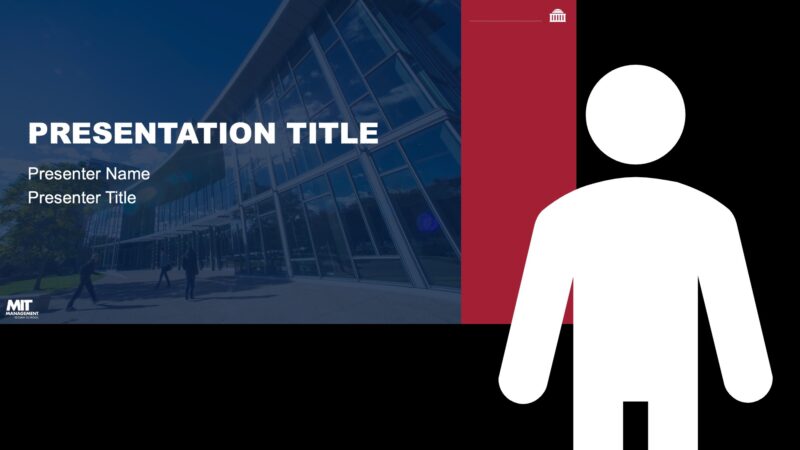
- What it looks like: In Projector scenes, your presentation appears in a window next to you. Since they only occupy part of the screen, you might want to use an extra-large font size in your slides.
- When to use it: Projector scenes are great for simulating a formal presentation.

